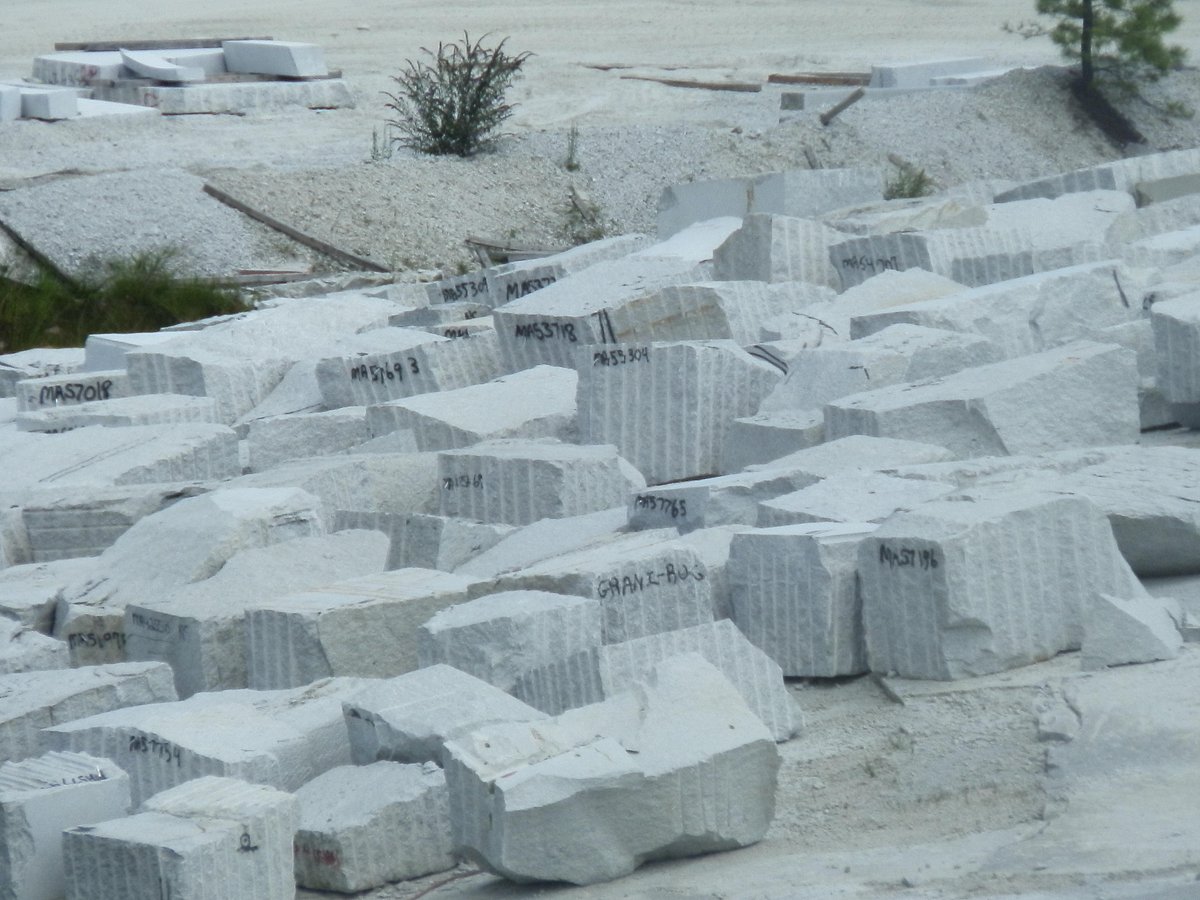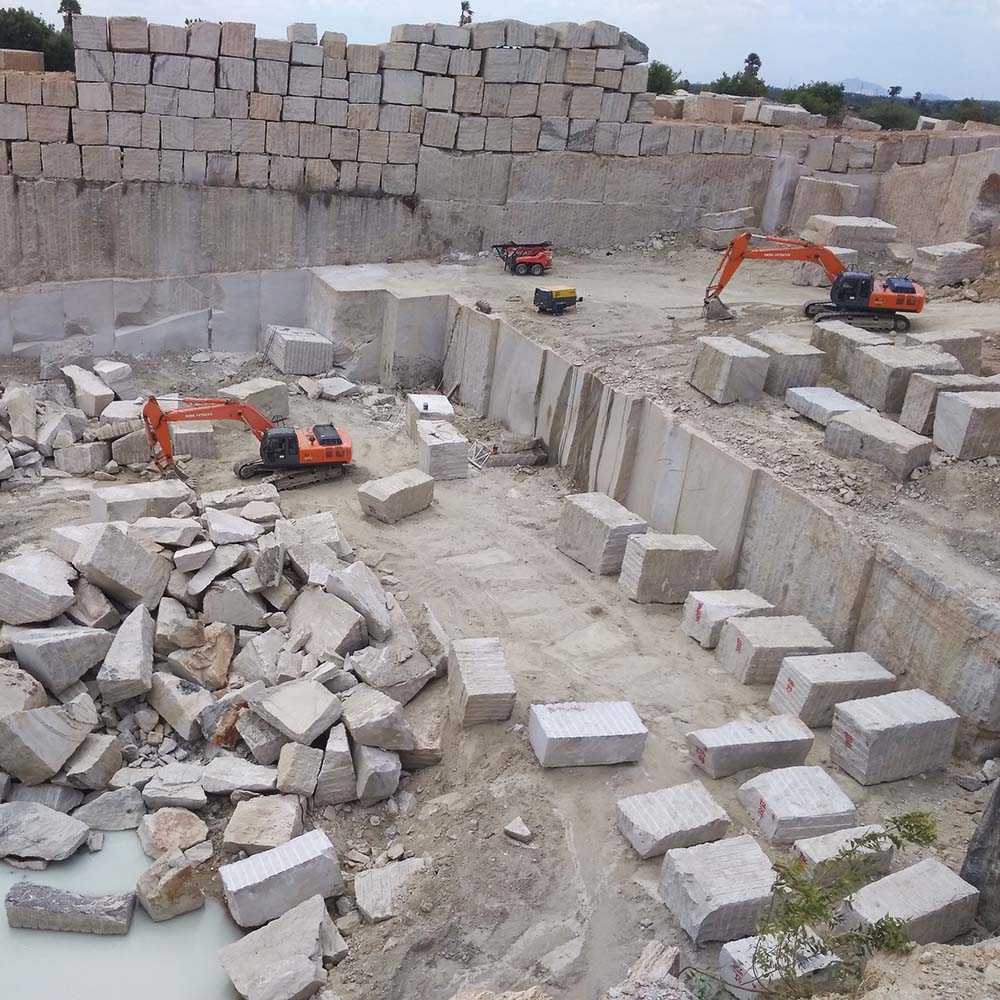Diving into of Granite Quarries in South Africa
Diving into of Granite Quarries in South Africa
Blog Article
Unleashing the Charm and Durability of Granite Quarry: A Journey Through Time
Granite quarries stand as testaments to both the geological wonders of our planet and the enduring craftsmanship of mankind. The trip via time that granite quarrying stands for is an engaging story of innovation, perseverance, and the intricate dancing in between nature and industry. Understanding the beginnings of this old-time technique, the development of methods and tools employed, and the modern-day relevance of granite quarrying introduces a tapestry abundant in history and relevance. As we peel back the layers of time and explore the complex world of granite quarrying, we discover a story that not only showcases the elegance and longevity of this impressive rock however also sheds light on the extensive impact it has carried people past and existing.

The Beginnings of Granite Quarrying
In the annals of history, the origins of granite quarrying can be mapped back to old civilizations where the quest for long lasting structure products sustained the emergence of this ageless craft. From the marvelous frameworks of old Egypt to the magnificent temples of Greece, granite has been respected for its toughness, elegance, and long life. The Egyptians, with their advanced quarrying techniques, were among the first to extract granite on a large scale, using it to build significant pyramids and complex sculptures that have actually stood up to the examination of time.
As people progressed, so did the methods of quarrying granite. The Romans additionally fine-tuned the methods, establishing tools and machinery to extract and transportation granite over substantial distances for their architectural projects. The sturdiness and aesthetic appeal of granite made it a prized product for basilicas, monuments, and sculptures throughout the ages.
Today, the legacy of ancient quarrying practices survives, with modern-day innovation improving efficiency while still paying homage to the workmanship of our ancestors. The origins of granite quarrying function as a testament to human resourcefulness and the enduring allure of this honorable rock.
Tools and Strategies of Quarrying
Checking out the thorough workmanship of granite quarrying unveils an innovative range of devices and techniques meticulously refined over centuries. Quarrying granite requires specific equipment to remove the stone from the planet efficiently and with accuracy. Modern quarries make use of diamond-wire saws, high-powered drills, and dynamites to disintegrate the granite in a controlled way. These tools permit the removal of big blocks of granite while decreasing waste and environmental effect.
Along with sophisticated equipment, conventional hand devices are still used in specific quarrying procedures to ensure delicate precision in removing the rock. Chisels, hammers, and wedges are employed by skilled quarry workers to separate granite obstructs along all-natural cracks, a technique that has actually been given through generations.
Additionally, methods such as piercing upright and horizontal holes for inserting feathers and wedges, in addition to the regulated usage of nitroglycerins in strategic places, make it possible for quarry employees to remove granite efficiently while preserving the integrity of the stone. The harmony between modern innovation and standard workmanship is essential to the lasting quarrying of granite for generations to come.
Development of Granite Quarries
The change of granite quarries with time discloses a remarkable narrative of technical advancement and industry evolution. From old times where hand-operated devices like knives and hammers were made use of to draw out granite blocks, to the commercial transformation presenting steam-powered machinery for faster quarrying, the evolution of granite quarries has been noted by substantial technologies. In current decades, the introduction of ruby wire saws and advanced drilling modern technologies has actually changed the removal process, enabling much more accurate cuts and reduced wastefulness of raw product.

Granite Quarrying in Modern Times
The development of granite quarrying methods from historic reliance on manual tools to the cutting-edge methods of modern-day times emphasizes an exceptional trip of technical technology and sustainability techniques within the market. In contemporary granite quarrying, advanced equipment such as ruby cable saws, high-capacity excavators, and computerized drilling equipment have actually transformed the extraction process. These devices improve effectiveness, precision, and safety and security, enabling larger quantities of granite to be extracted in a shorter timeframe contrasted to standard methods.
Moreover, modern-day quarrying methods prioritize sustainability and ecological stewardship - granite go now quarries in south africa. Firms are significantly embracing environment-friendly methods like water reusing systems, dirt suppression modern technologies, and rehab strategies for tired quarries. These efforts aim to decrease the environmental impact of granite removal, conserve natural deposits, and bring back quarried landscapes to their original state
Additionally, the integration of digital innovations like drones, GPS monitoring, and 3D modeling has allowed quarry drivers to enhance procedures, improve decision-making, and make certain the sustainable monitoring of sources. By embracing advancement and sustainability, the granite quarrying industry in contemporary times proceeds to flourish while promoting environmental obligation.

Preserving and Safeguarding Granite Quarries
In the middle of the progressing landscape of granite quarrying methods, preservation and security of these important natural sites have come to be paramount worries for market stakeholders and environmental advocates alike. As granite quarries continue to be a vital resource of this desirable rock, it is important to take on lasting methods that guarantee their long life and protect bordering ecological communities.
Protecting granite quarries includes executing effective reclamation strategies to bring back the land post-extraction. granite quarries in south africa. This process consists of improving the terrain, replanting indigenous plants, and producing habitats for wildlife to grow. By bring back quarries to their natural state, the ecological effect can be minimized, and the elegance of these landscapes can withstand for future generations to appreciate
In addition, securing granite quarries calls for enforcing laws that regulate responsible quarrying techniques. This includes surveillance water high quality, regulating dust exhausts, and handling sound degrees to mitigate disruptions to the environment and neighboring communities. Joint efforts in between industry gamers, governmental bodies, and conservation groups are important in upholding these requirements and guaranteeing the lasting browse around these guys use of granite quarries.
Final Thought
Finally, the journey via time in granite quarrying reveals the origins, devices, techniques, and advancement of this method. The modern-day era has brought innovations in quarrying techniques, allowing the conservation and protection of these useful all-natural resources. It is very important to continue to maintain lasting practices to make sure the elegance and resilience of granite quarries for future generations to value.
Report this page